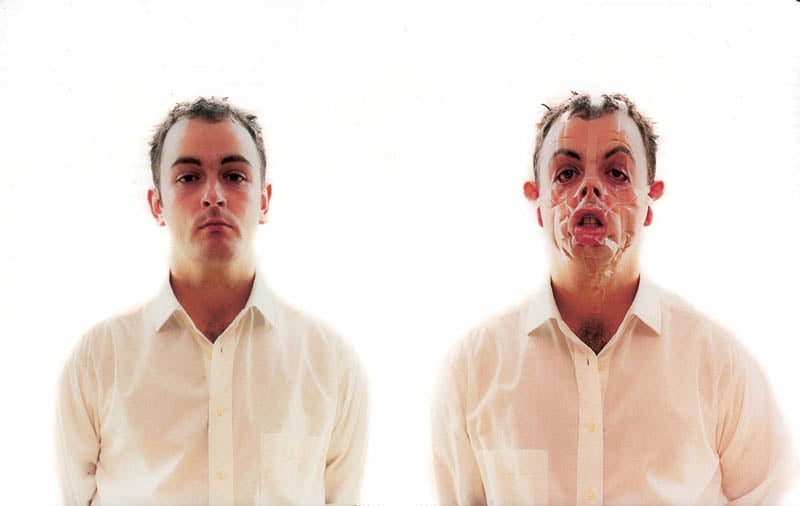Fire Cycles III (Subcycle 10)
1974 - Drawing & Print (Drawing & Print)
60,8 x 23 cm
Anthony McCall
This score is a graphic record of the detailed choreography of one of Anthony McCall’s Landscape for Fire performances. These took place between 1972-74 in the UK at the Museum of Modern Art in Oxford, Colchester School of Art, in Reading and in North Weald as well as in Sweden at Fylkingen Society of Contemporary Music and Arts, Stockholm, and in the USA at the William Patterson University, Wayne, New Jersey. Many of these events were photographed by David Kilburn and Carolee Schneemann, only one in 1972 was filmed. Dressed entirely in white, the artist and his collaborators lit braziers outdoors at nightfall, to the sound of foghorns. According to printed documentation, Subcycle 10 lasted 144 minutes between 4.42pm-7.06pm. If one refers to another drawing dated March 1973 in the Getty Research Institute, the numbering from 0-148 are the minutes and the columns with the numbers “12, 8, 4” indicate the time sequence. The geometric precision of these diagrams documents McCall’s specifically imagined spatial plan of interaction with unpredictable elements of fire, air and environmental conditions to create a near ritualistic event harking back to age-old traditions. The grid system formalizes the pacing or staging of this earthwork. McCall had begun his body of works drawing with light with the ‘Fire Event’ series of performances in his studio in London in 1971.
Since the 70s, the British artist Anthony McCall has continued to push the boundaries of art. Exploring the boundaries between cinema and sculpture, he uses light and time as his signature materials. His work spans across drawing, installation, and performance, one of his preferred mediums. McCall is a key figure of British avant-garde film from the 70s. His first films retrace his outdoor performances. Experimental film in 16mm is one of his main mediums that he uses in confrontation with sculpture and performance. McCall is an indispensable reference to a younger generation of artists working in video and installation in England and abroad. Anthony McCall was born in Great Britain in 1946. He lives and works in New York.
Colors:
Related works of genres: » video installation

© » KADIST
Doug Aitken
2009The version of Frontier acquired by the Kadist Collection consists of a single-channel video, adapted from the monumental installation and performance that Aitken presented in Rome, by the Tiber River, in 2009...

© » KADIST
Diana Thater
2005In Perpetual Motion (2005) the seemingly erratic flight of the bright orange Monarch butterfly—filmed in its winter habitat of Michoacán, Mexico—is intensified by the artist’s editing in which frames are randomly dropped and the film is sped up...

© » KADIST
Tony Oursler
2012Continuing Oursler’s broader exploration of the moving image, Absentia is one of three micro-scale installations that incorporate small objects and tiny video projections within a miniature active proscenium...

© » KADIST
Douglas Gordon
2004Douglas Gordon’s single-channel video The Left Hand Can’t See That The Right Hand is Blind, captures an unfolding scene between two hands in leather gloves—at first seemingly comfortable to be entwined, and later, engaged in a struggle...

© » KADIST
Douglas Gordon
2002Blind Spencer is part of the series “Blind Stars” including hundreds of works in which the artist cut out the eyes of Hollywood stars, in a symbolically violent manner...

© » KADIST
Mike Kelley
1996Towhead n’Ganga, enclosed in darkness, lorded over by the sexualized folded high priestless form reflects many of Kelley’s works, in both its compositional and semantic qualities...

© » KADIST
Douglas Gordon
1996In Monster (1996-97), the artist’s face becomes grotesque through the application of strips of transparent adhesive tape, typical of Gordon’s performance-based films that often depict his own body in action...
